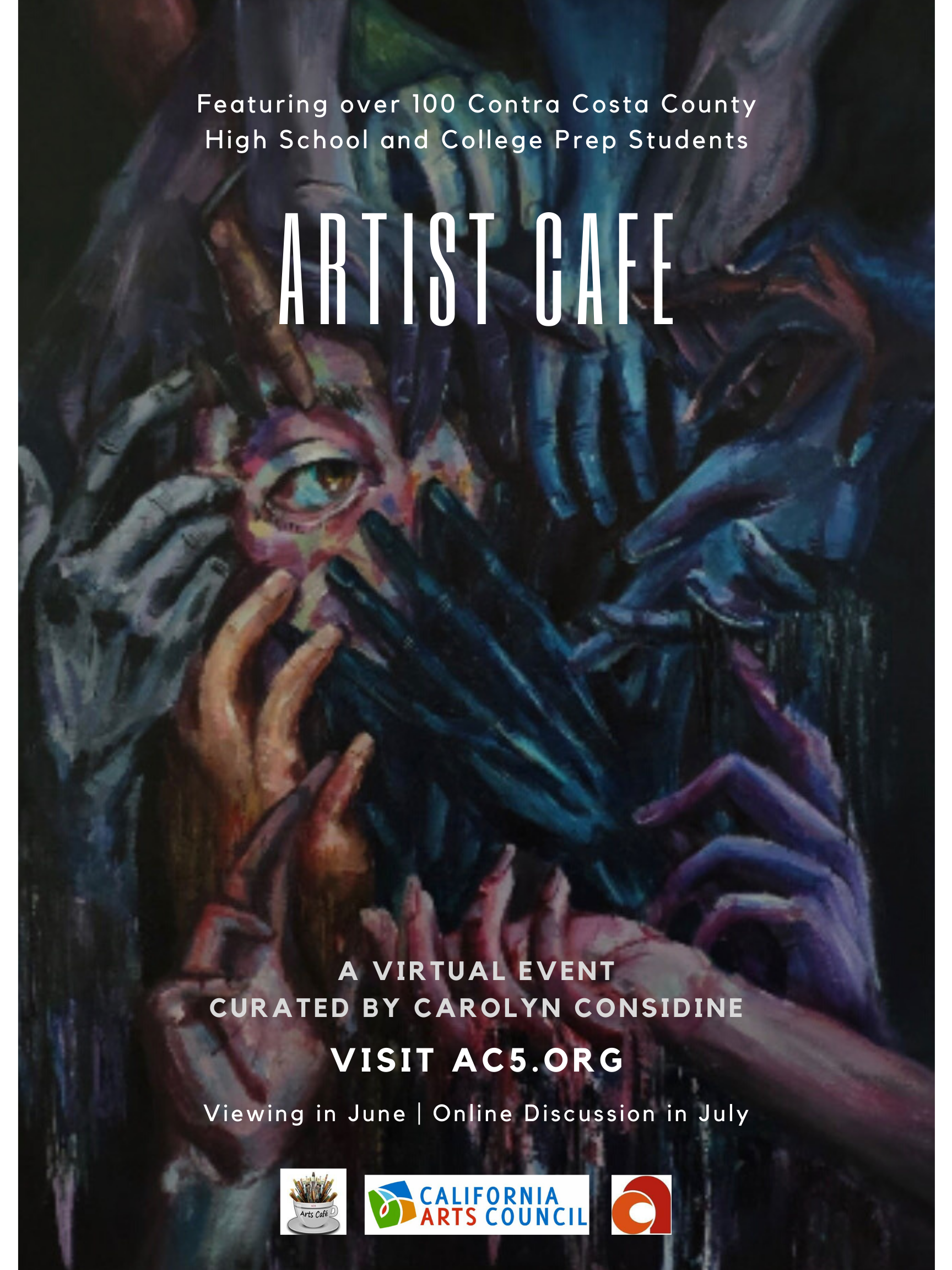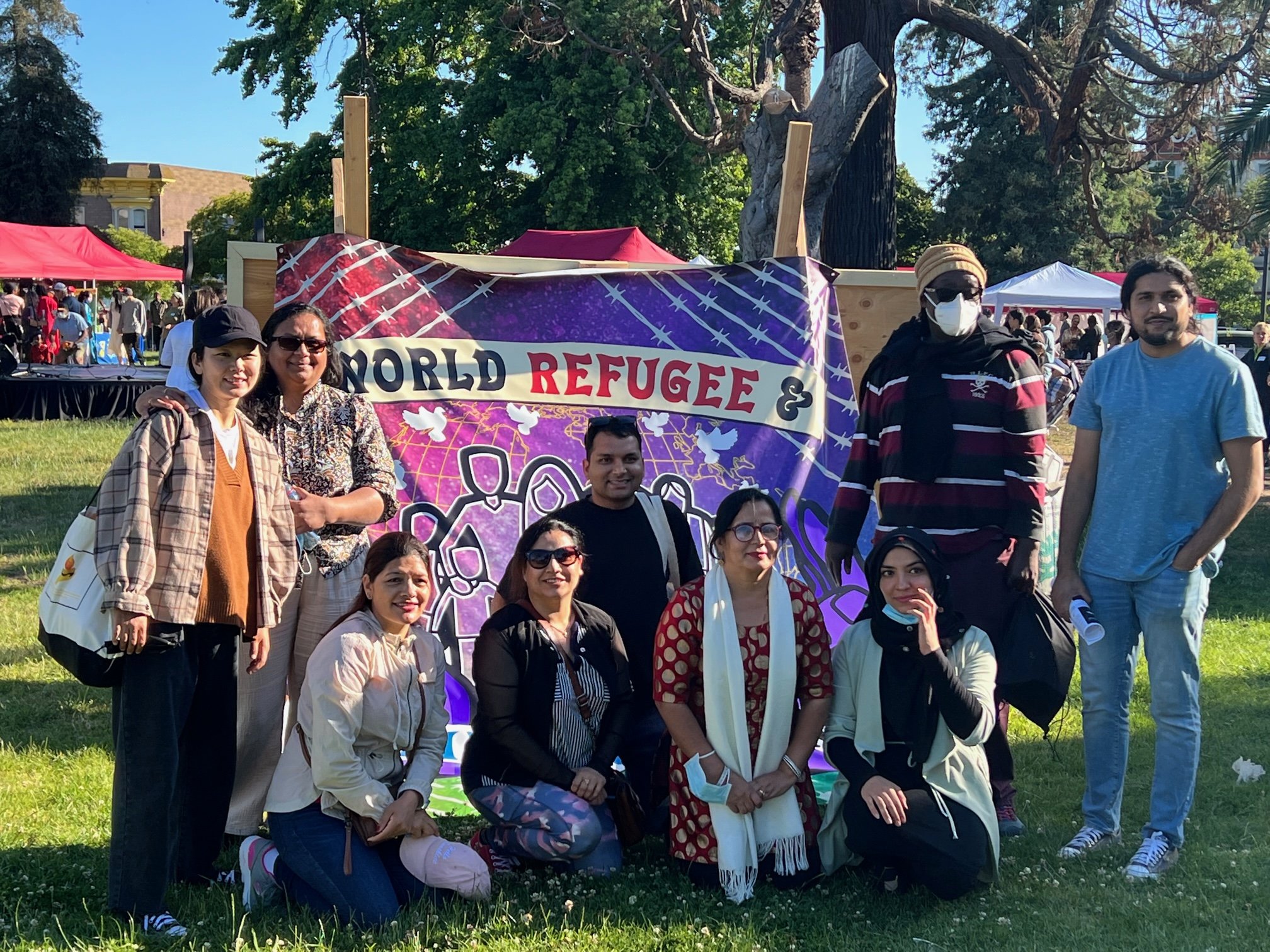Art & Diversity
“Western civilization,” as historically understood, generally focused on the history and accomplishments of European white (or perceived-to-be-white) men. In this vein, colonization was, in certain respects, the extension of the actions and cultures of European men across a wide swath of the world, including the Americas, Australia, Africa, and parts of Asia. From this history stems the notion that what passes for a “norm” in much of modern society can trace its historical and cultural roots to a white, Euro-centric view of the world. This notion obliterates the history and traditions of indigenous peoples, not to mention the beauty and diversity of their cultures. It also displaced those cultural traditions and viewpoints in favor of those with European origins. Moreover, even those works that have directed their focus on overlooked populations have often fallen victim to reductive stereotypes of race, gender, sexuality, and class. The beauty and richness of various “non-Western” historical traditions, perspectives, and artistic expressions are lost.
The Art & Diversity movement focuses on bridging the gap between white, Euro-centric views of history and culture and other traditions that have historically been overlooked, oppressed, or ignored. It works to expand diversity consciousness, particularly awareness and understanding of intersectionality, and embrace and celebrate minoritized cultures and perspectives. It focuses on encouraging art as an accessible method for voices to be heard and seen. It tells all the stories of humanity rather than those of or from a singular perspective.
While the movement is not “formal” in the traditional sense, its aim and intentions are embraced by leading artistic organizations. At the spearhead is Americans for the Arts, which, in September 2016, issued a statement from its board indicating that “cultural equity is critical to the long-term viability of the arts sector.” Other arts and culture organizations, including Grantmakers in the Arts, the Theatre Communications Group, and the American Alliance of Museums, have taken similar stances, striving to support inclusion, diversity, equity, and access in their respective fields.
The movement presents challenges but also a host of opportunities. Museums face the challenge of preserving the colonial past while not enshrining it or focusing on it to the exclusion of other historical realities. It can be challenging to place colonial actions and history in their proper context without elevating them above or subjugating indigenous peoples' roles and cultural traditions. But, the benefits far outweigh the downsides, as renewed attention, inquiry, and funding are directed at cultural and artistic practices that have not received their due. Underrepresented cultures and artists now accede to their long-awaited recognition, and individuals who believed their traditions had been overlooked find representation and acceptance in the wider artistic world.
As the movement grows and related endeavors expand, artistic diversity will flourish, and unknown cultures and perspectives will finally gain the recognition and publicity they deserve. Ultimately, the goals of the Art & Diversity movement are for all peoples and cultures to feel that their artistic endeavors are of equal worth and value and to believe that their artistic creations can receive appropriate acceptance and recognition from the wider artistic world.
Millennium High School Diversity Wall Mural
Conversation with Three Changemakers and NY Times Best-Selling Author, Steve Fiffer
Contra Costa County Arts and
Culture Commission Members
Contra Costa County Artist Cafe
Contra Costa County Teen Art Panel
Decolonizing Wikipedia with United Arts London
Partnership presentation to Maryland’s Eastern Regional Shore Libraries
Project We, Contra Costa County, California
Given the divisiveness in the world these days, collaborative art can send the message that we succeed most in life when working with a “we, not me” mentality.














































